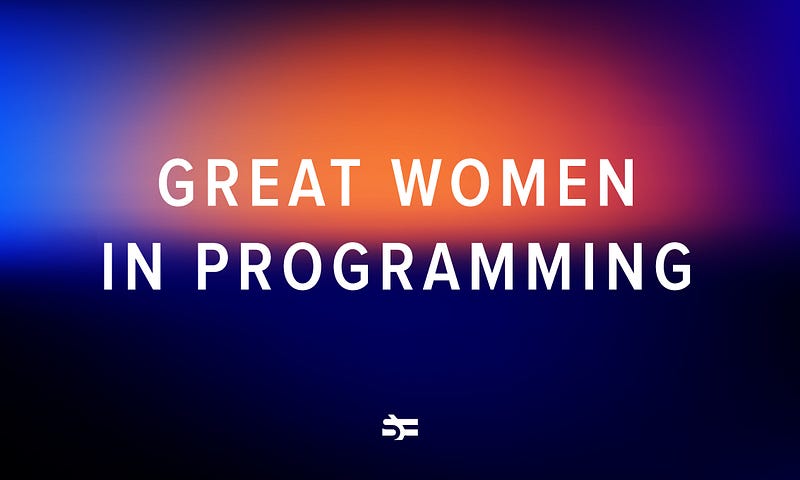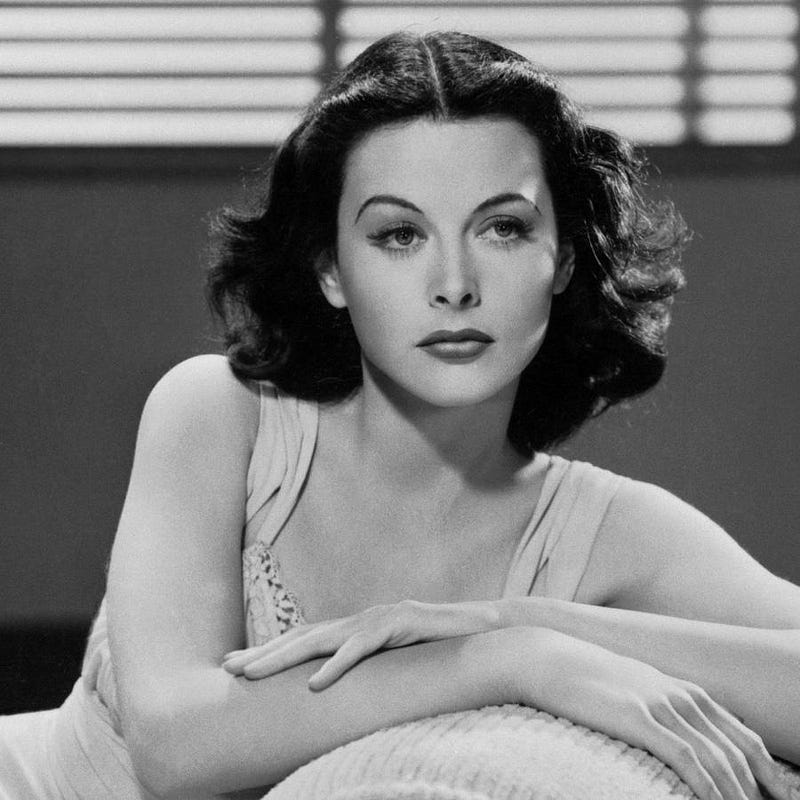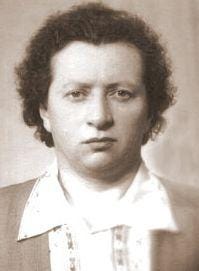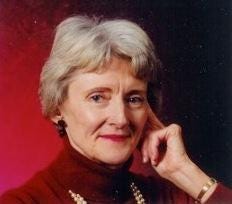Celebrating Trailblazing Women in Programming and Technology
Written on
Chapter 1: The Historical Landscape of Women in Programming
“Computing is too important to be left to men.” — Karen Spärck Jones, computer scientist (1935–2007)

It may be hard for many to grasp that programming was once predominantly a female-dominated profession. Initially regarded as a mundane task, software programming has now evolved into a high-stakes industry. As programming gained prominence in fields like aerospace, women were gradually pushed out—not just from the workforce, but also from the narrative of programming history. How many influential women in computer science can you name? Let’s work together to rectify this oversight. Feel free to share the names of inspiring female programmers from your regions, and we will highlight their contributions in future articles!
Section 1.1: Ada Lovelace

Augusta Ada King, Countess of Lovelace, stands as a pioneer in computer science, being credited with writing the first algorithm intended for implementation on a machine. Born into the illustrious Byron family, Ada was raised with a strong emphasis on mathematics and the sciences, a foundation laid by her mother to counterbalance her father’s absence.
From a young age, she exhibited an inventive spirit, even attempting to design mechanical wings at twelve. Her pivotal meeting with Charles Babbage in 1833 led her to recognize the broader applications of his Analytical Engine, far beyond mere calculations. The programming language Ada is named in her honor, acknowledging her groundbreaking contributions.
Section 1.2: Hedy Lamarr

Hedy Lamarr, an accomplished actress and inventor, was born in 1914 and enjoyed a prolific career in Hollywood. However, her legacy extends beyond cinema; she co-developed an early version of frequency-hopping spread spectrum technology used for torpedo guidance during World War II.
Raised in a privileged environment, Hedy’s curiosity about technology was nurtured during leisurely walks with her father. Throughout her life, she pursued various inventions, notably collaborating with aviation mogul Howard Hughes to enhance airplane designs. Her revolutionary concept of a frequency-hopping signal, developed alongside composer George Antheil, laid groundwork for modern technologies like WiFi and Bluetooth.
Chapter 2: The Contributions of Kateryna Yushchenko

Born in Ukraine in 1919, Kateryna Yushchenko became the first woman in the USSR to earn a Ph.D. in Physical and Mathematical Sciences in programming. Her journey was fraught with challenges, including expulsion from university due to her father's political persecution.
After the turmoil of World War II, she was able to complete her education and later contributed significantly to early computing in Europe as a Senior Researcher at the Kyiv Institute of Mathematics. She developed the Address Programming Language in 1955, which influenced various programming languages that followed.
Section 2.1: Mary Allen Wilkes

Mary Allen Wilkes, born in 1937, was among the first programmers and is celebrated as the first individual to use a personal computer at home. Initially aspiring to pursue law, her mathematical talent redirected her path toward programming.
While at MIT's Lincoln Laboratory, she contributed to the IBM 704 and 709 computers and played a crucial role in developing the LINC computer, which is often referred to as the first personal computer. Wilkes created LAP6, one of the earliest operating systems, showcasing remarkable innovation for her era.
The first video highlights the "Top 5 Most Famous Female Programmers in The World," providing insights into their groundbreaking achievements and influence in the field of technology.
The second video, "Women in Coding: What History Never Told Us," explores the untold stories of women in programming and their pivotal roles in the tech industry.
More Awesome Resources to Explore
By delving into the legacy of women in technology and sharing their stories, we can contribute to a fairer world for all. Here are some recommended readings to further your understanding of women in STEM:
- The Secret History of Women in Programming by The New York Times.
- First-hand account of a Soviet woman who learned to program in the 70s.
- Hidden Figures: The American Dream and the Untold Story of the Black Women Who Helped Win the Space Race on Amazon.
- A Wiki article detailing Elsie Shutt, who founded a company employing only women working from home.
- Biographies of nine black female pioneers in STEM.
- A WIRED article on Elizabeth Feinler, the creator of the URL.
- An NPR article discussing the moment women exited the coding scene.